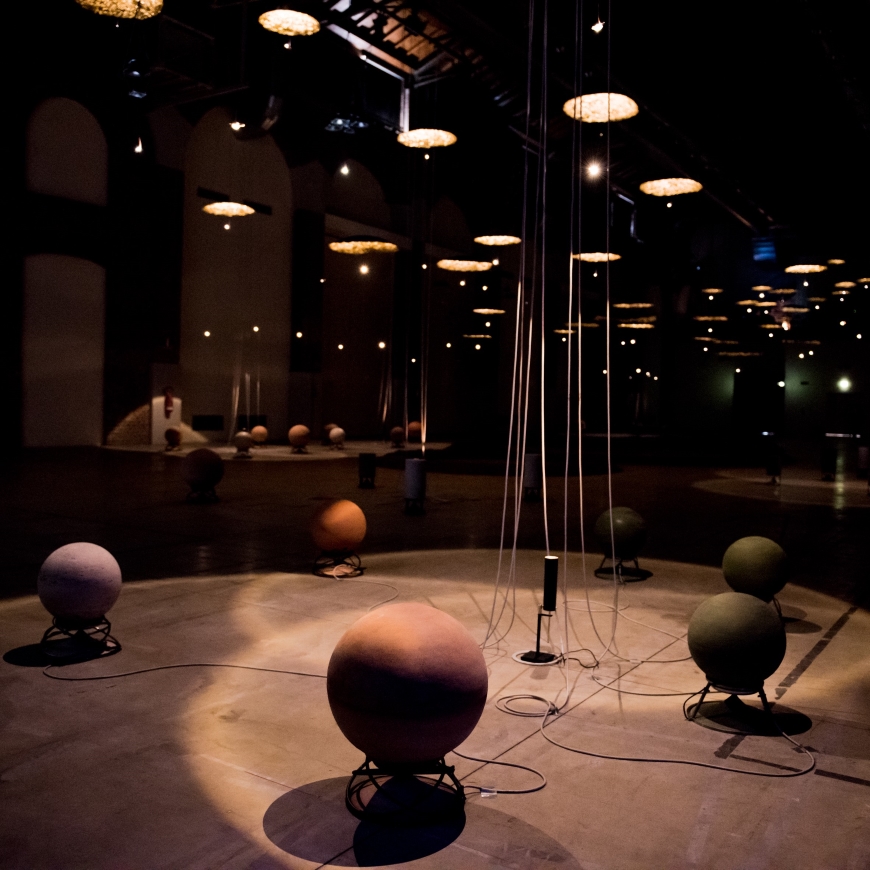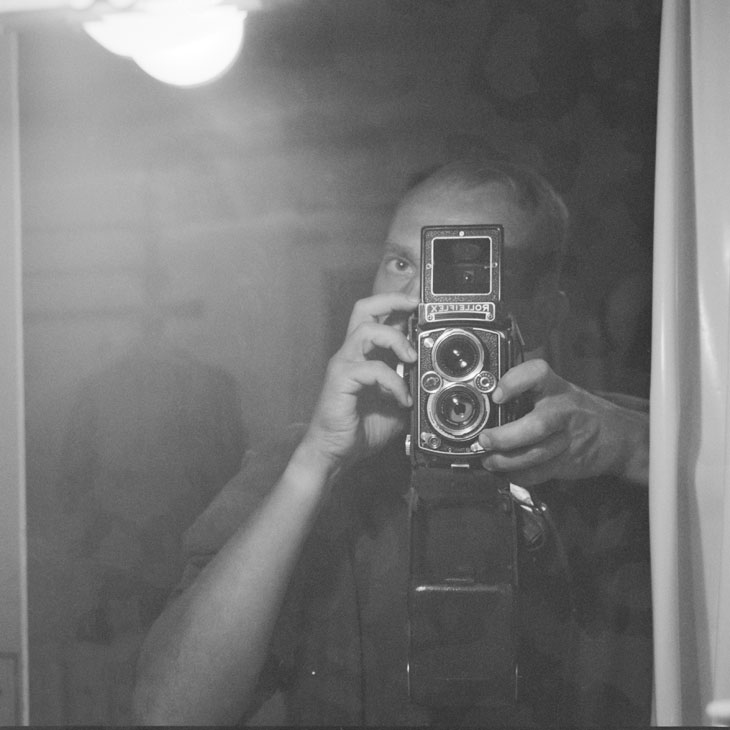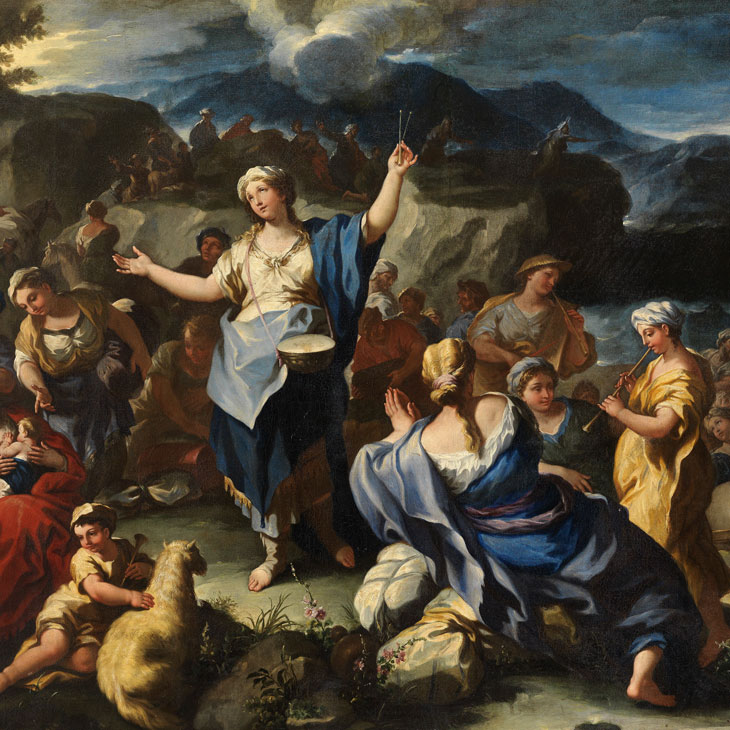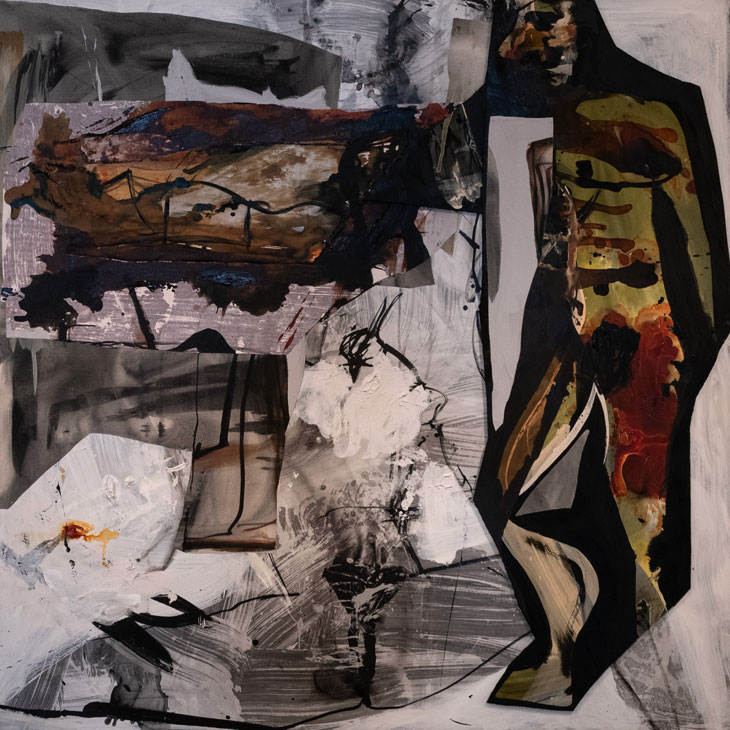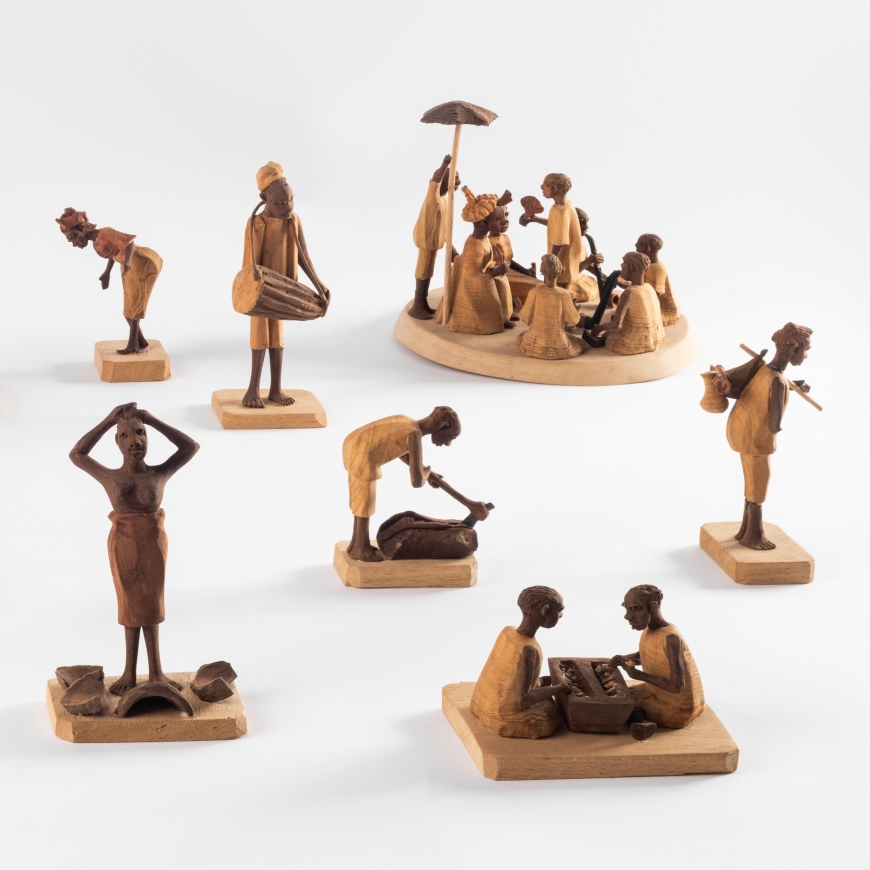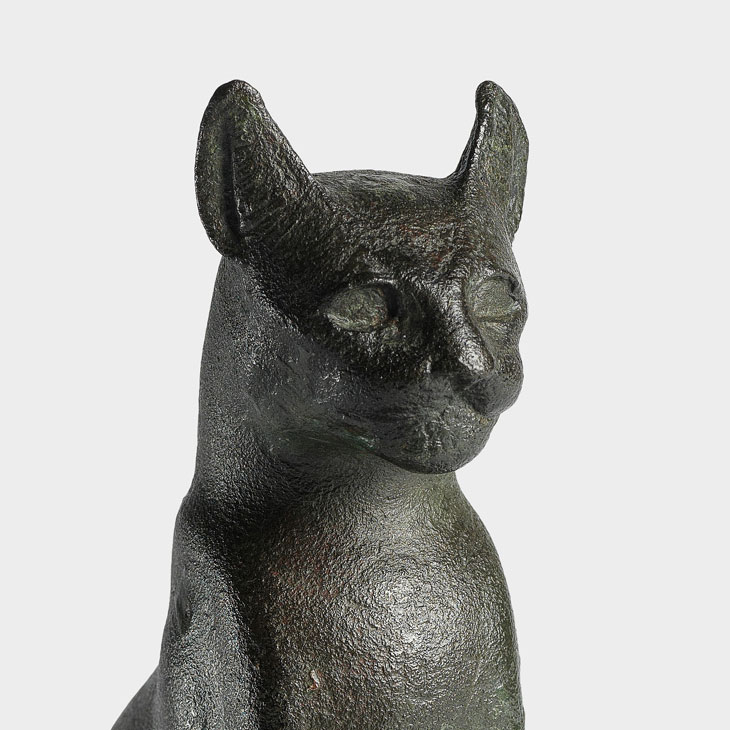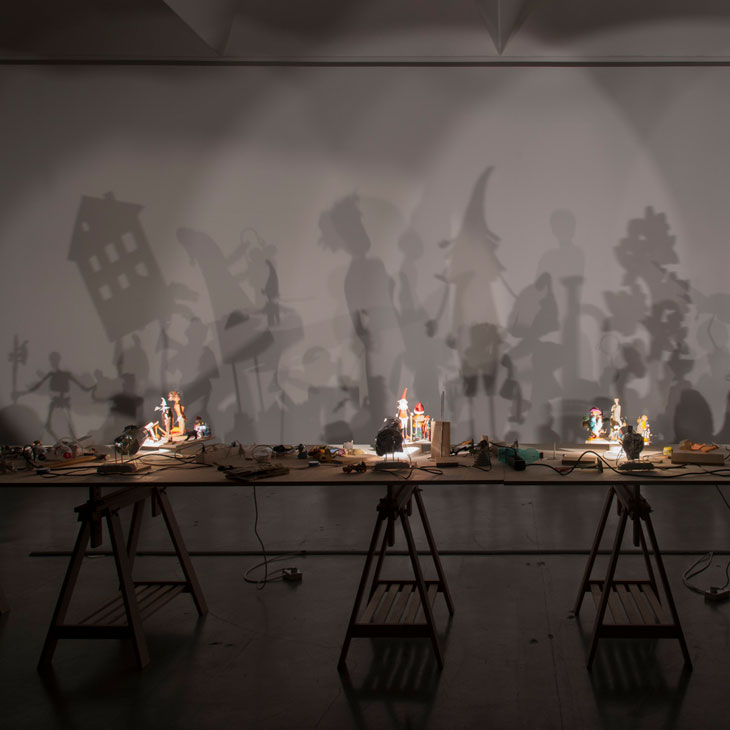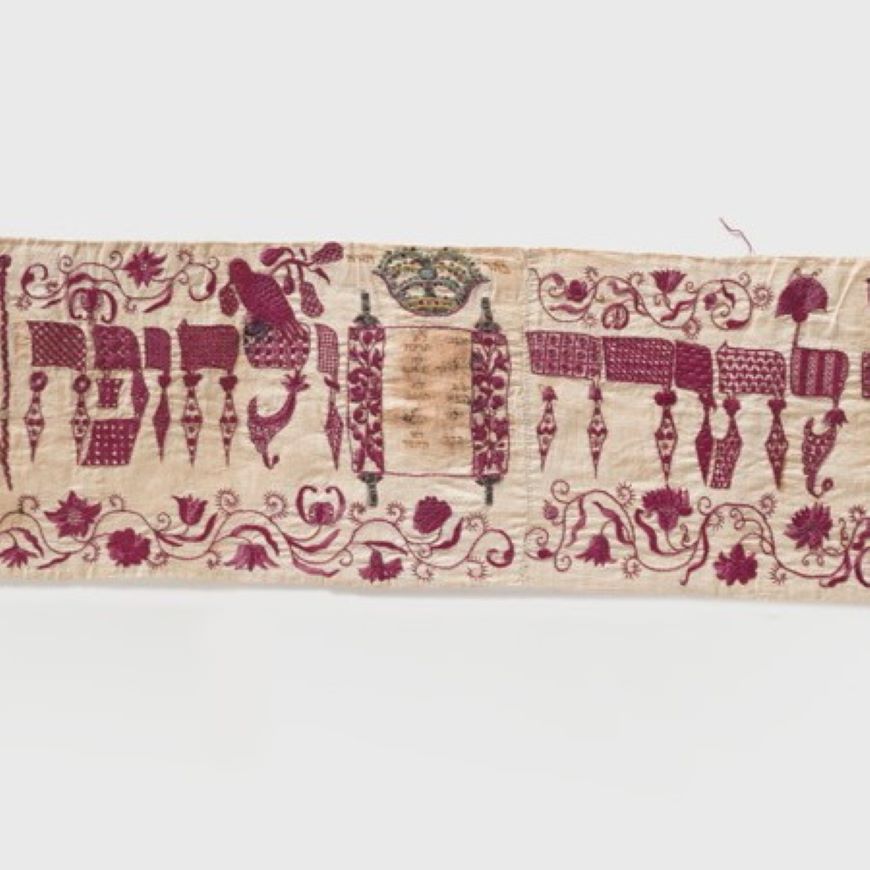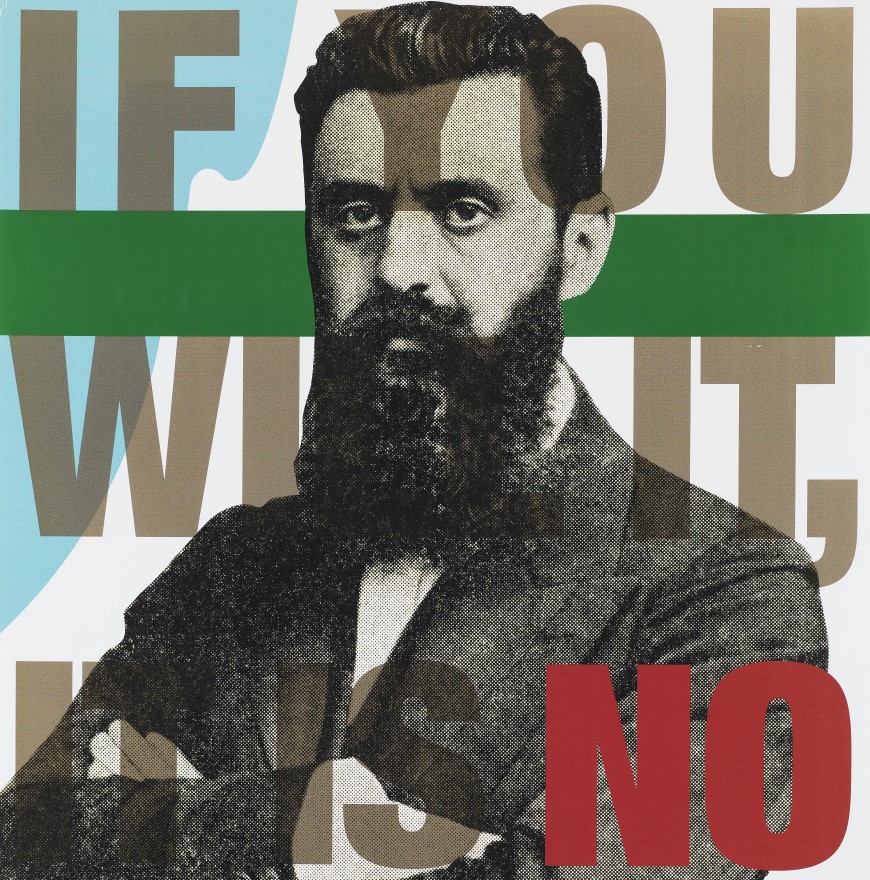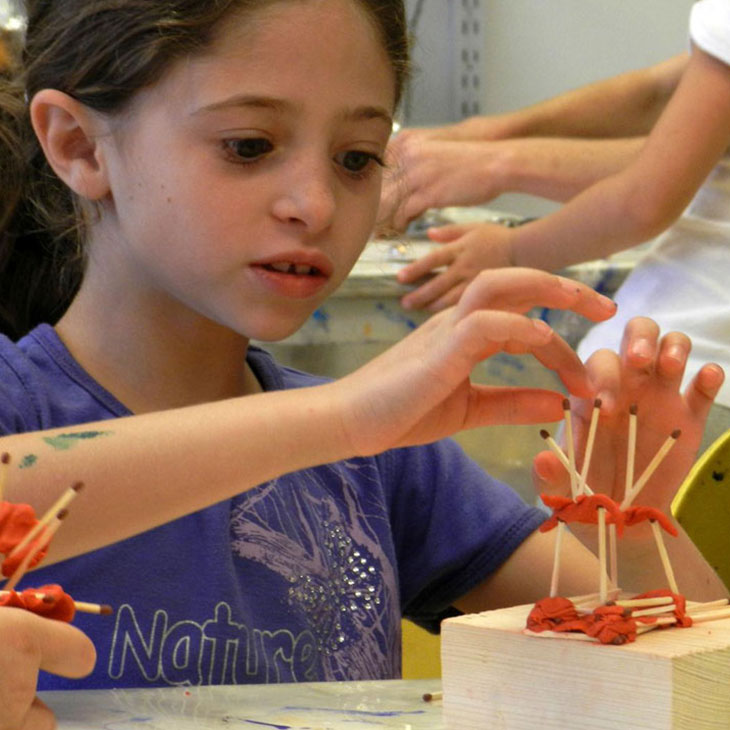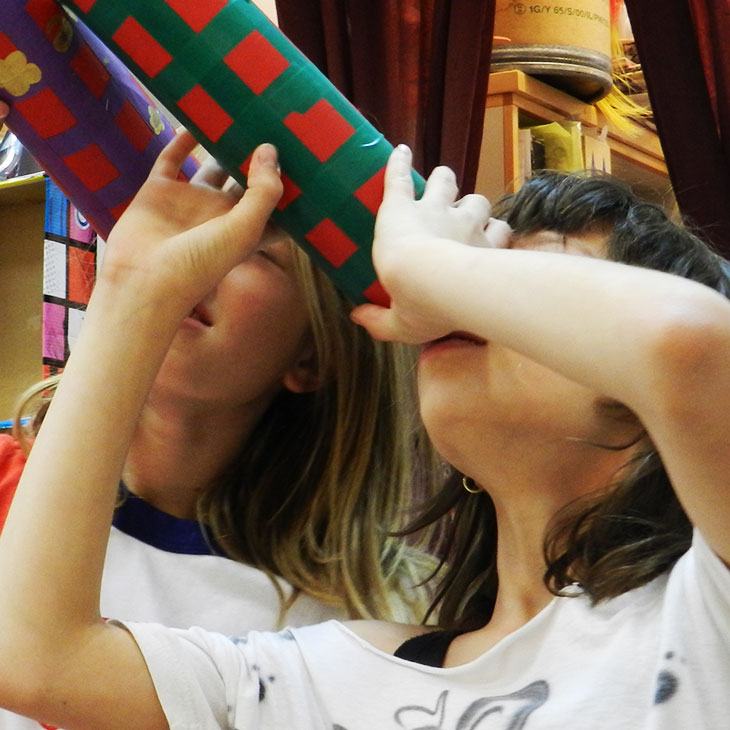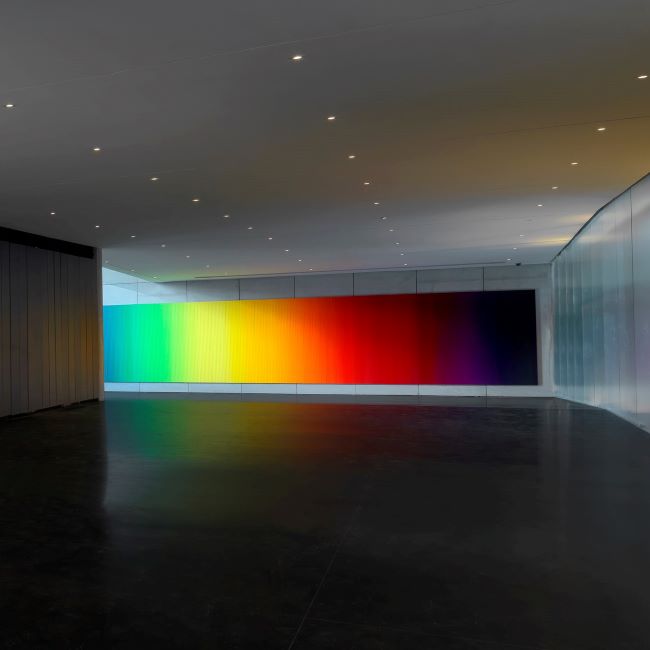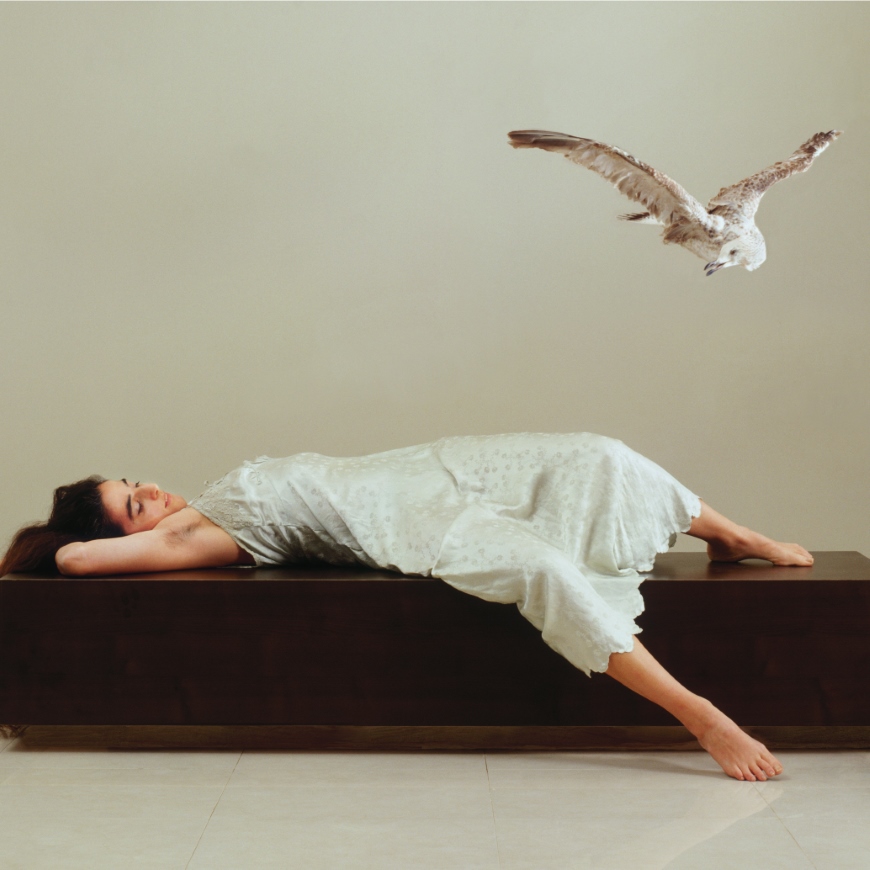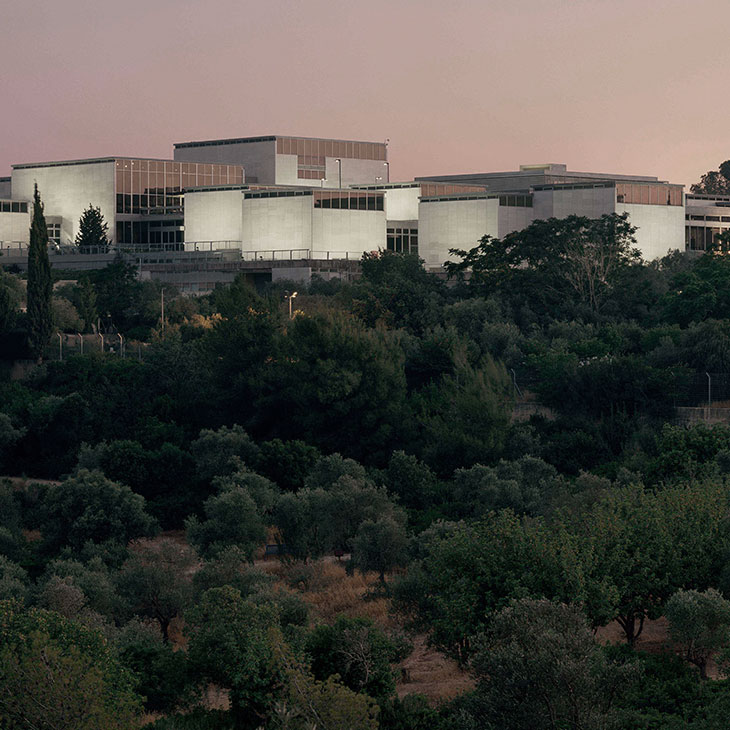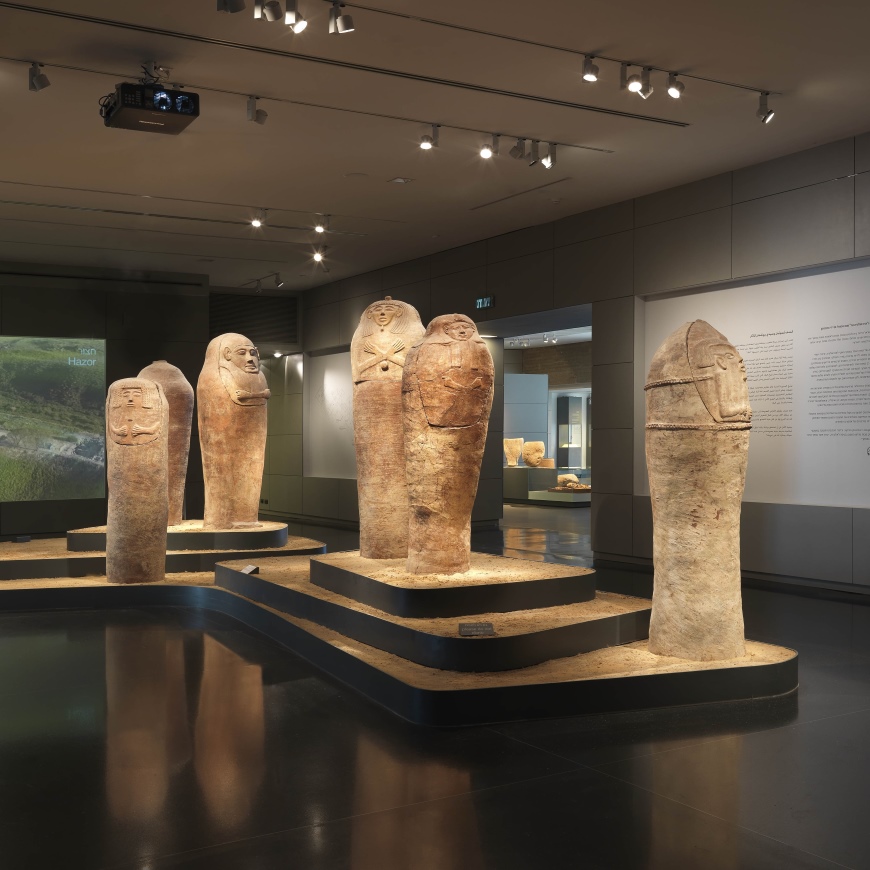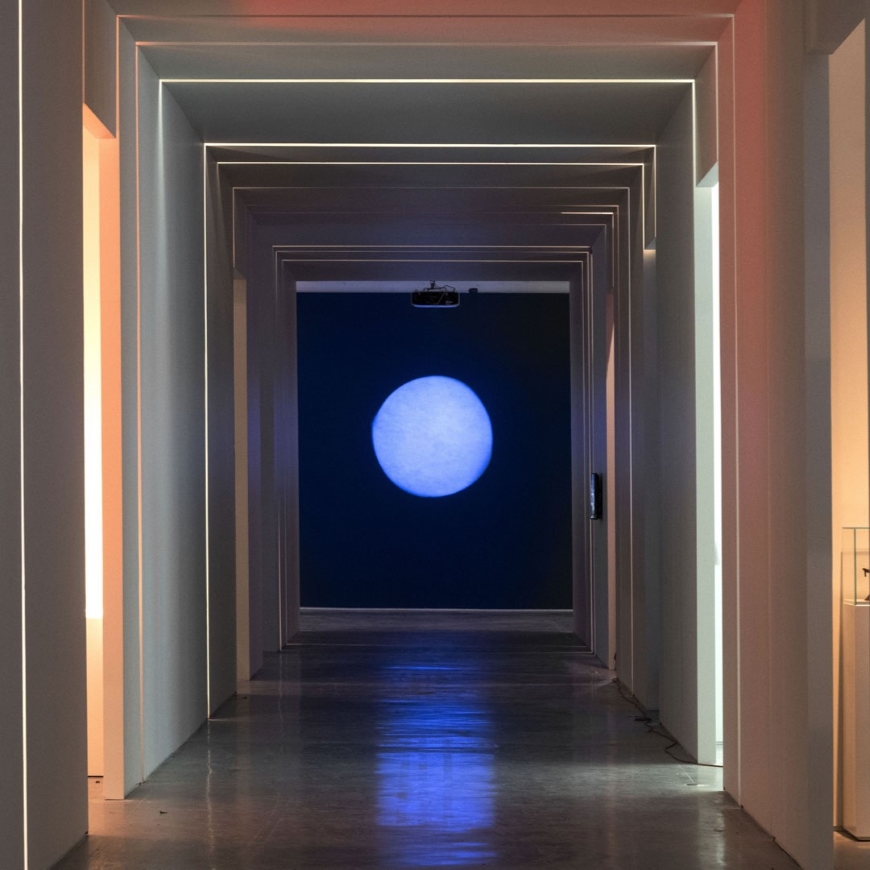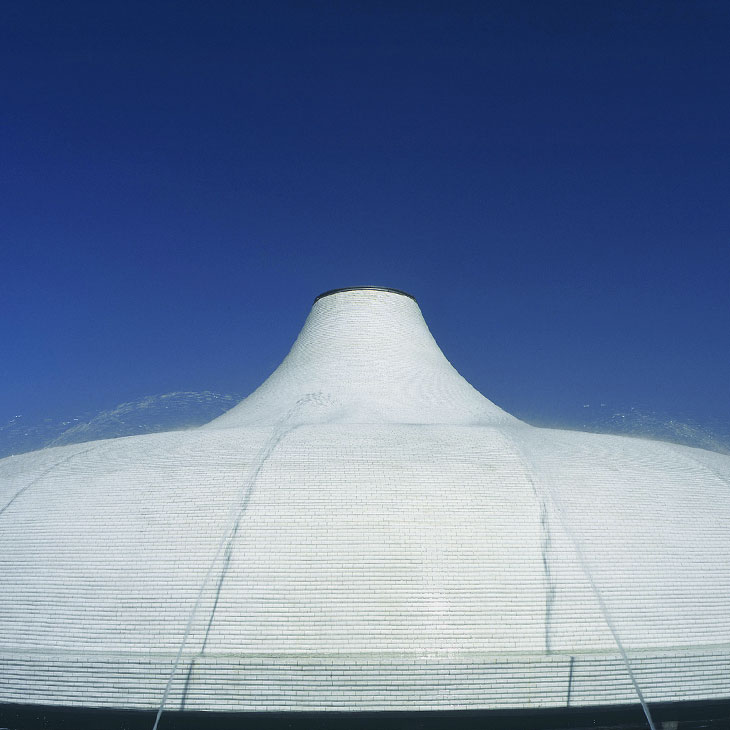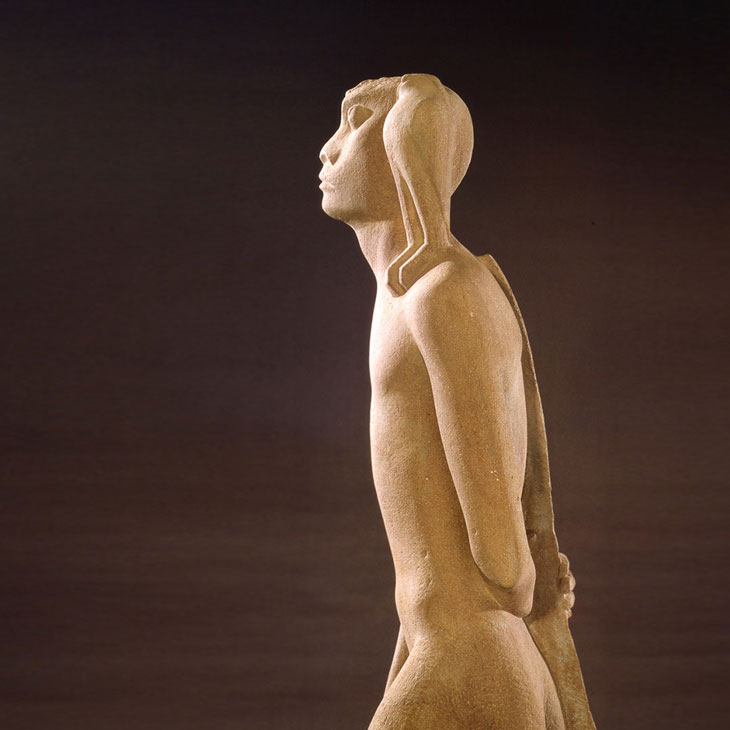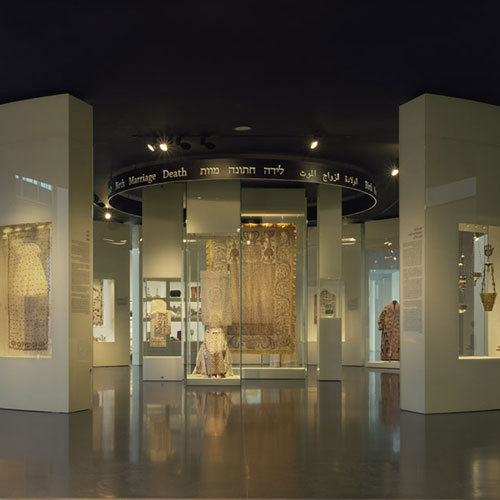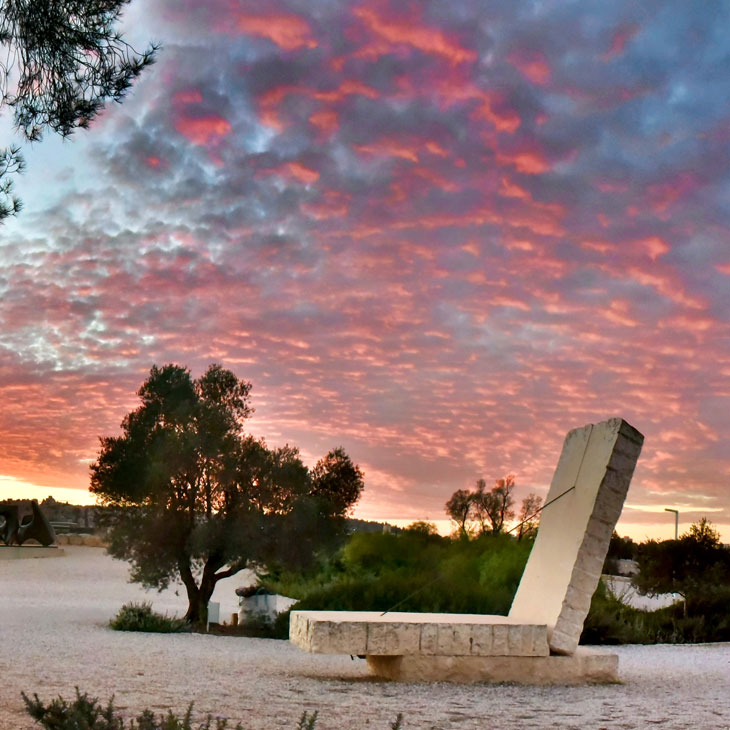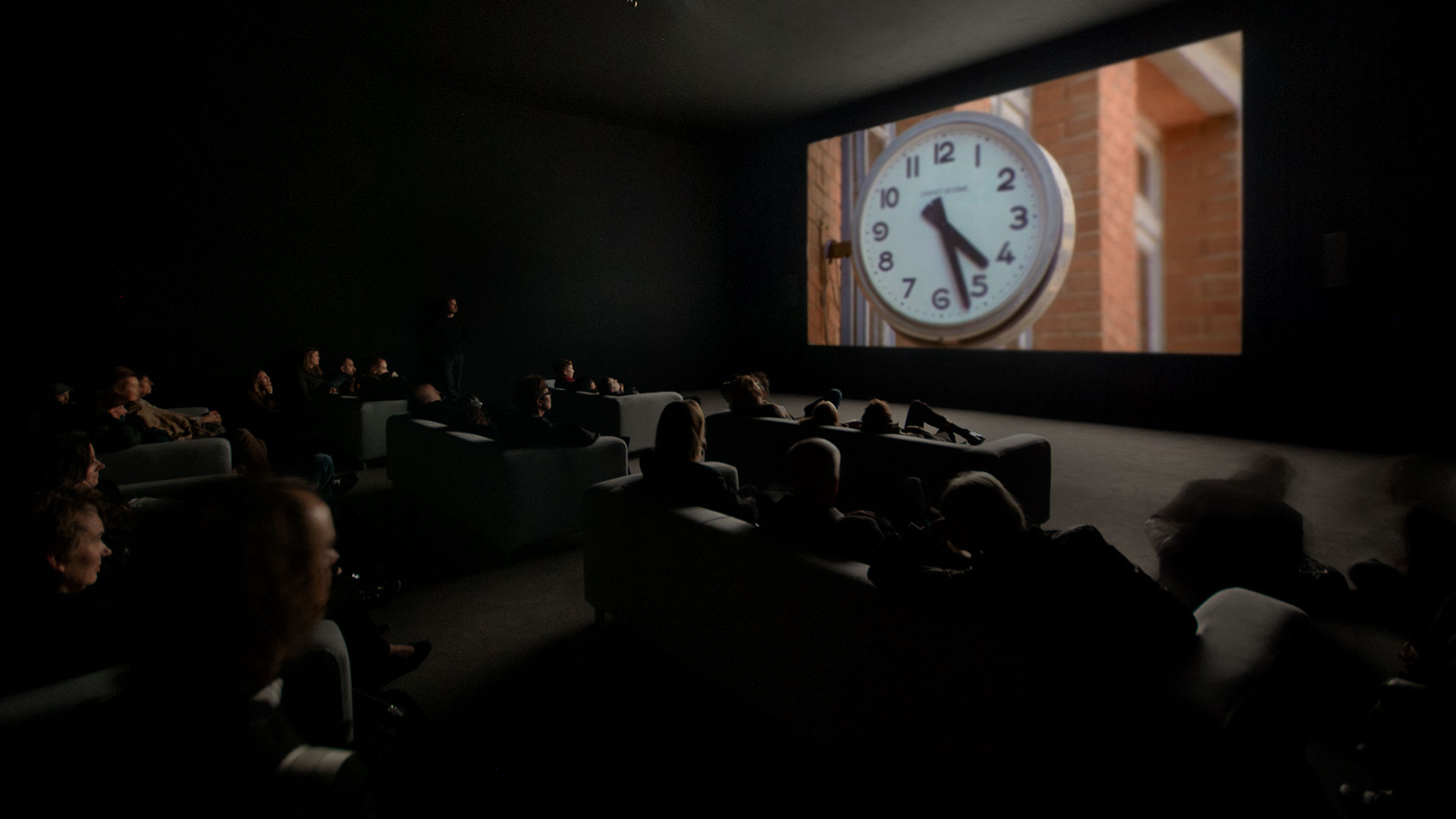
Christian Marclay
The Clock
-
July 23 2013 - October 19 2013
Curator: Talia Amar
-
Single-channel video projection, 24 hours
- : Christian Marclay
Christian Marclay’s video installation The Clock touches the very heart of time and transience. It comprises thousands of film excerpts relating to specific hours of the day, in which we are repeatedly told or shown (on clocks and watches) the exact time. In a virtuoso feat of editing, Marclay has woven pieces of scenes from different genres and periods into a 24-hour-long whole, to be screened in a space designed by the artist in synchronization with the local time of day. Thus artificial cinema time and actual time become one, creating a parallel reality. One reason we go to the movies is to escape the tyranny of the clock and lose our sense of time. The manipulation of time – stretching it, compressing it, suspending it – is a fundamental part of the illusion created by films. Mining a century of cinematographic history, Marclay appropriates films made by others to construct a sequence of abrupt shifts, a viewing experience that is simultaneously entertaining and dismaying. It perpetuates the actors’ immortality on the celluloid screen while heightening our awareness of just how swiftly time passes, of just how mortal we are. With his myriad fragments of scenes (some extremely well known, others rather obscure), Marclay shatters the continuity we usually find in movies. Over and over, he arouses anticipation and creates suspense. Freed of story line, historical integrity, and coherent settings, The Clock fluctuates between triggering and defusing tension. Its film moments span a vast emotional range, played out in the present like an endless stream of consciousness. The video work’s complex sound editing is no less important than the sequence of images. Marclay has always been fascinated by the connection between sound and visual art. In the late 1970s, as an avant-garde DJ and turntablist, he created experimental sound collages. He regards The Clock’s soundtrack as the “glue” that holds it together. Often the scene will change while the background music, conversation, or some other type of noise carries on into the next film fragment, suggesting a narrative flow between two originally unrelated clips. The viewer’s first instinct is to try to identify the actors and the films, and then to grasp at some sliver of a coherent story, in the expectation that it will be developed. Gradually, however, a different type of viewing takes over, as the images and events on the screen find an echo in personal memories and associations. Aware of each passing minute, of the relentless ticking of the clock, we understand that fragmentary moments are all we can hope to perceive.
Purchased through the gift of the Ostrovsky Family Fund in honor of the Museum's 2010 Campus Renewal Project
Joint acquisition with Centre Pompidou, Paris, and Tate, London
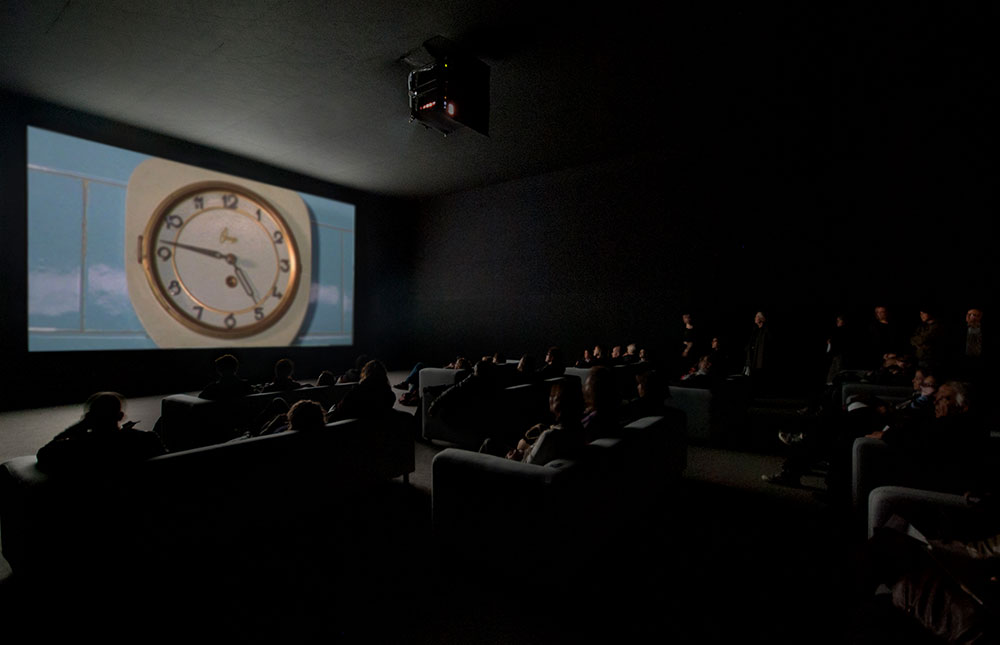
- May 06May 13May 20May 27
- May 06May 13May 20May 27
- Apr 22May 06
- May 06May 27
- May 06
- May 06
- May 06Jun 10
- May 08May 15May 22May 29
- Apr 21Apr 24Apr 28May 05May 08May 12May 15May 19May 22May 26May 29
- May 08May 15May 15May 22May 29
- May 08May 15May 22May 29
- May 08
- Apr 24May 08May 15May 22May 29
- Apr 21Apr 24Apr 28May 05May 08May 12May 15May 19May 22May 26May 29
- Apr 26May 02May 03May 09May 10May 16May 17May 23May 24May 30May 31
- May 03May 10May 17May 24May 31
- Apr 21Apr 28May 05May 12May 19May 26
- May 05May 12May 19May 26
- May 13May 20May 27
- May 15
